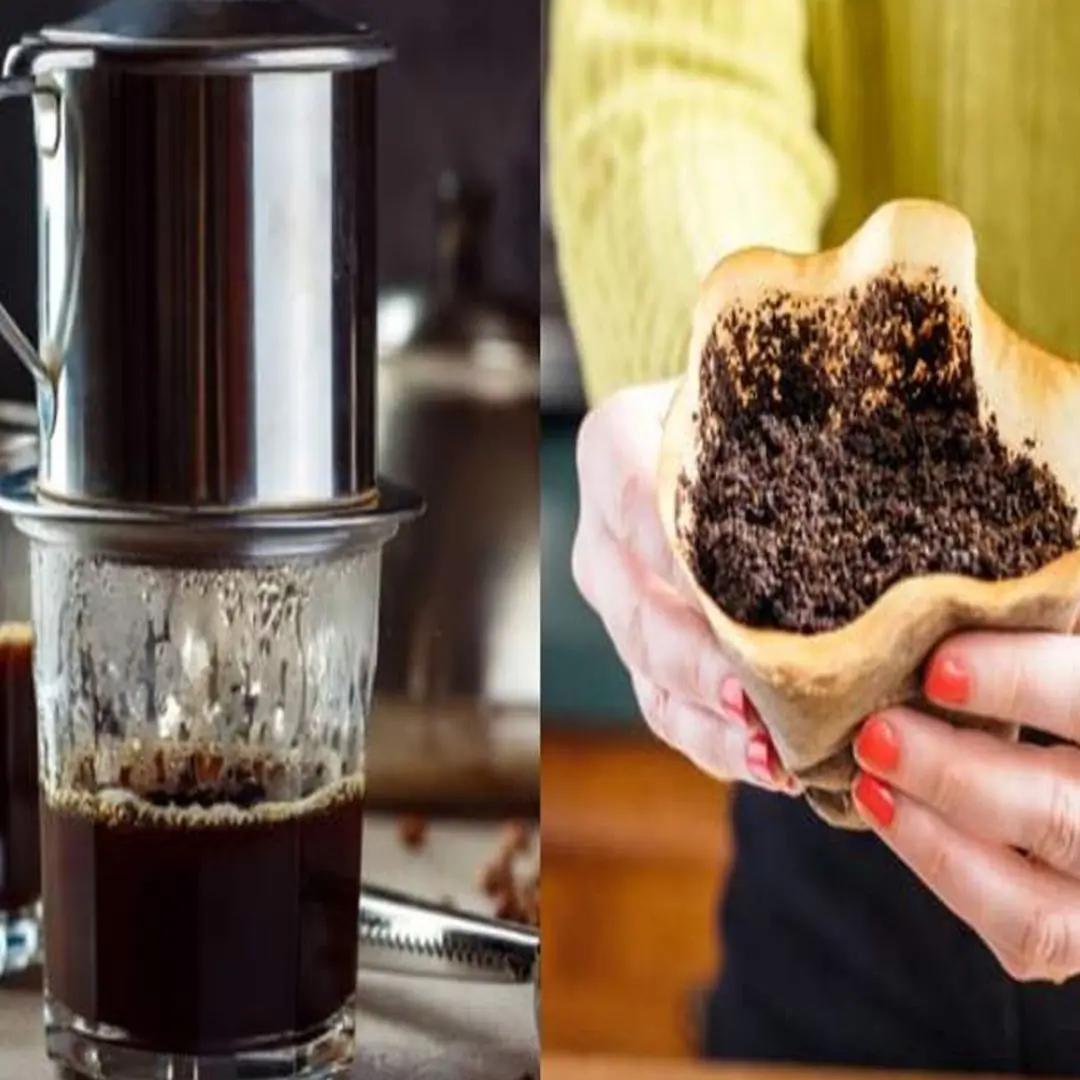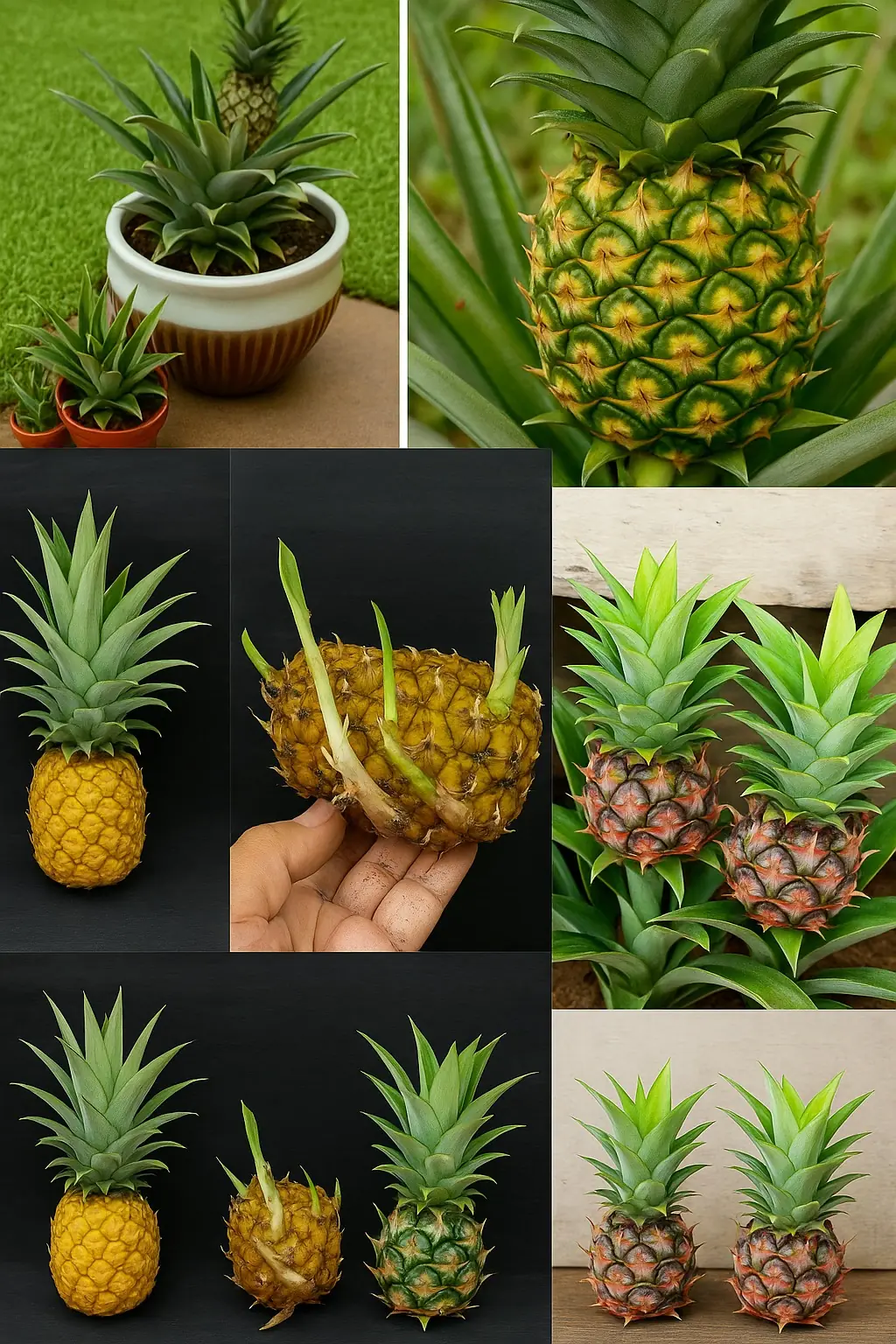
How to Multiply Your Sansevieria Quickly: From One Plant to a Thriving Collection
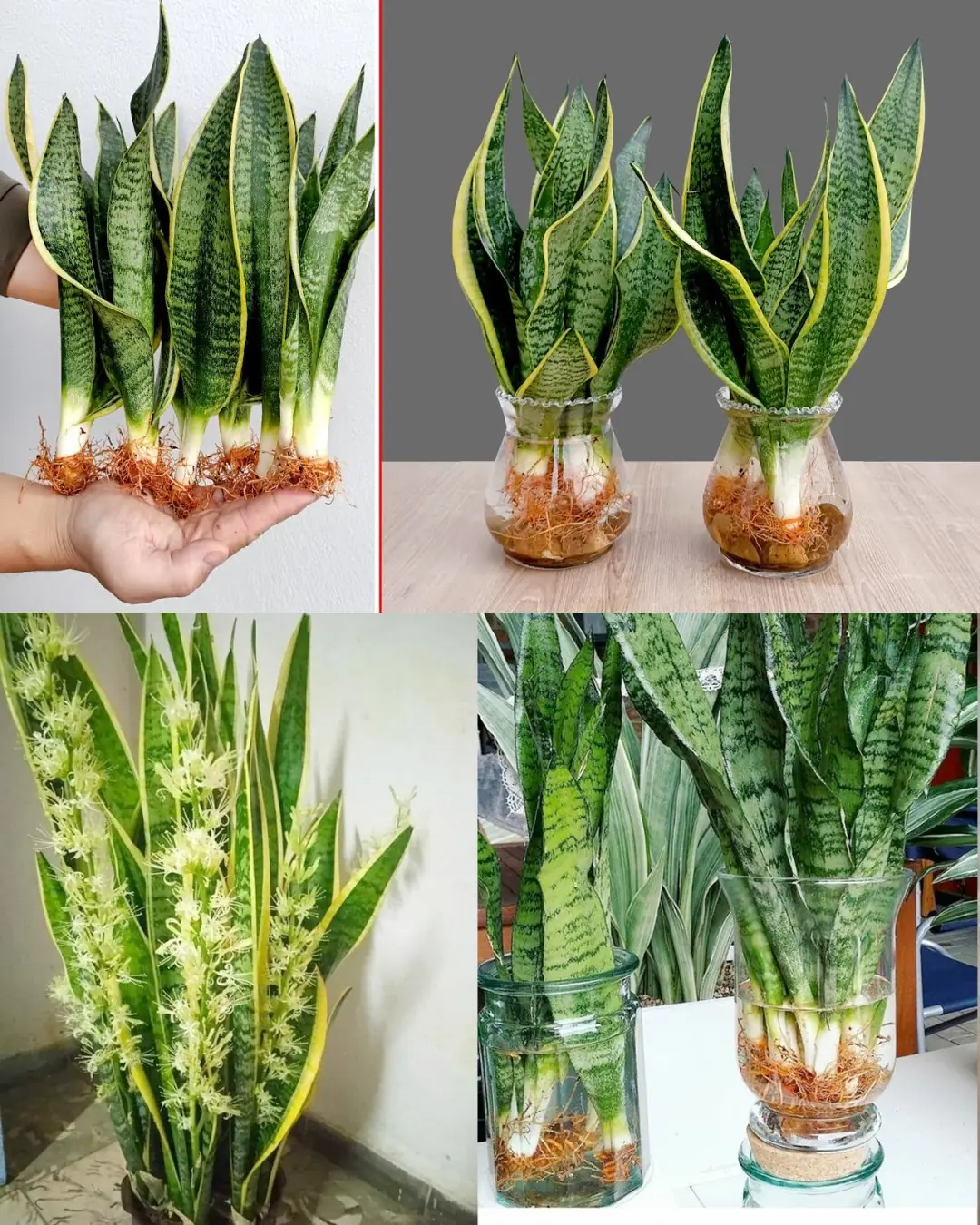
Discovering the Secrets of Sansevieria Propagation
Sansevieria, often nicknamed the "indestructible plant," has become a staple in homes thanks to its striking form and low-maintenance nature. Even better, you don’t need to buy more - one plant can turn into many with just a little care and the right method. This guide explores two of the most effective propagation techniques, helping you expand your green collection with ease.
1. Propagation by Division: Let Nature Take the Lead
The Most Reliable Method:
As Sansevierias mature, they naturally send out offshoots - baby plants that develop at the base of the mother plant. These pups are a sign your plant is healthy and thriving. Once they’re a few inches tall, they’re ready to be separated and grown independently.
How to Do It:
Gently remove the plant from its pot and locate the offshoots. Using a sharp, clean knife or scissors, slice the pup from the main rhizome, making sure it has some roots attached. Let the cut end dry in a shaded place for 1–2 days to prevent rot. Once dry, plant it in fresh soil or your preferred medium. Because pups often already have roots, they adapt quickly, making this method ideal for beginners.
2. Leaf Cutting: Create Many from One
The Bold and Creative Route:
For those looking to get the most out of a single leaf, propagation through cuttings is a fun and rewarding approach. Sansevieria leaves are moisture-rich and can survive independently long enough to sprout roots - much like succulents.
How to Get Started:
Cut a healthy leaf near the base and slice it into 3–4 inch segments. Let each section dry for 48 hours to form a protective callus. Then, plant them upright in soil or Leca with the original orientation (bottom side down). While this method may take longer to show progress, it’s incredibly satisfying to see new shoots emerge from what was once just a single slice of leaf.
Soil vs. Leca: Which Medium Should You Choose?
Soil – The Traditional Route:
Soil is familiar and forgiving. Just ensure it’s well-draining, and avoid overwatering before roots have developed. Use smaller pots to promote quicker drying and prevent rot. Once the roots form, you can gradually adjust to a normal watering schedule.
Leca – The Modern Alternative:
For those open to trying something new, Leca (Lightweight Expanded Clay Aggregate) offers excellent aeration and balanced moisture. It encourages stronger root growth by making the plant “work” for its water. Just make sure the cutting isn’t submerged; a water reservoir below the Leca layer is ideal.
Final Thoughts: Your Green Journey Begins Here
Propagating Sansevieria is more than just a gardening activity - it’s an invitation to witness resilience and renewal. Whether you choose the steady route of division or the experimental thrill of leaf cutting, each method comes with its rewards. For faster success, start with division and house the new plant in Leca for balanced hydration. But don’t stop there - try different techniques and media to find what works best for your space and style. With patience and a bit of trial and error, you’ll turn one Sansevieria into a lush, thriving indoor jungle.
News in the same category

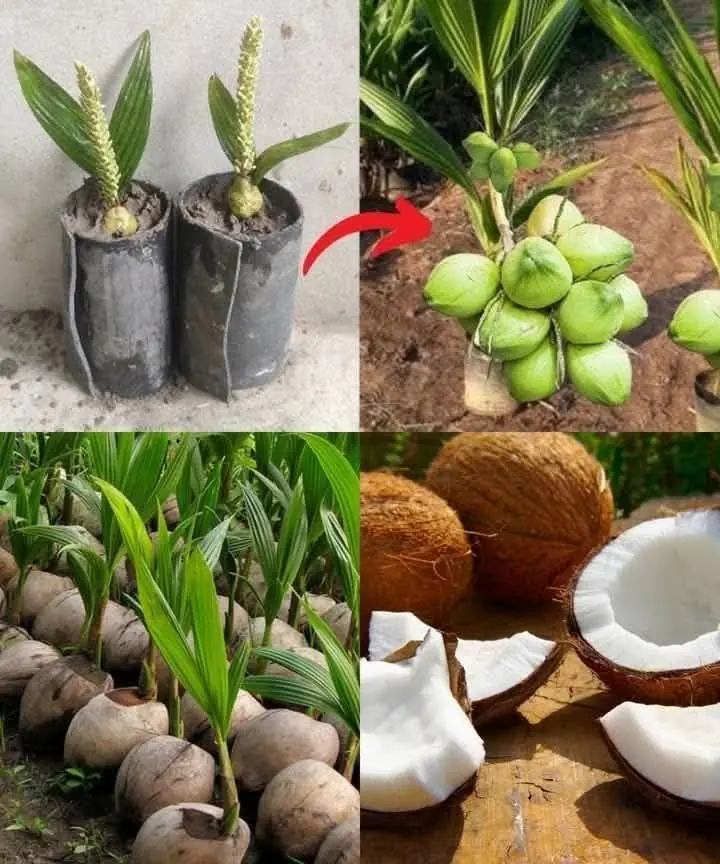
How To Grow Coconut Tree From Coconut Fruit
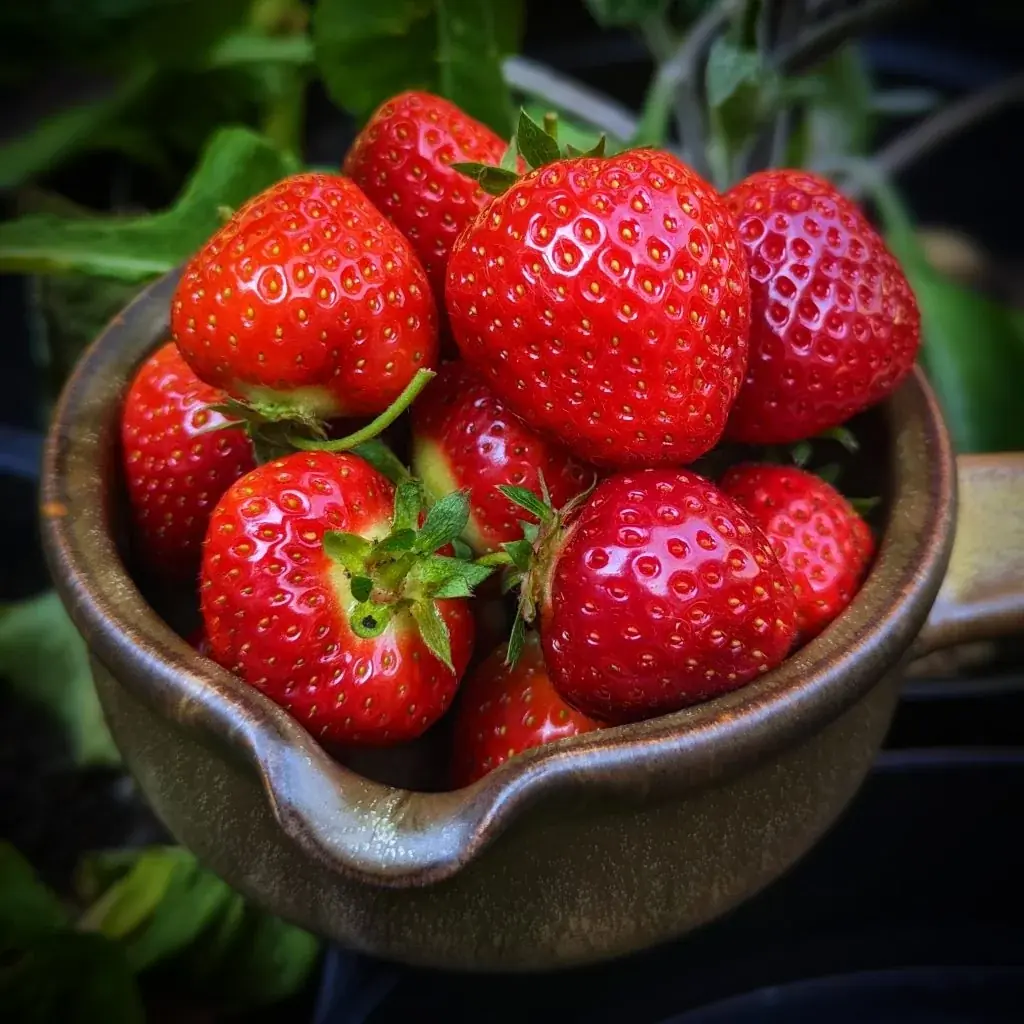
How To Grow Strawberries From Seed
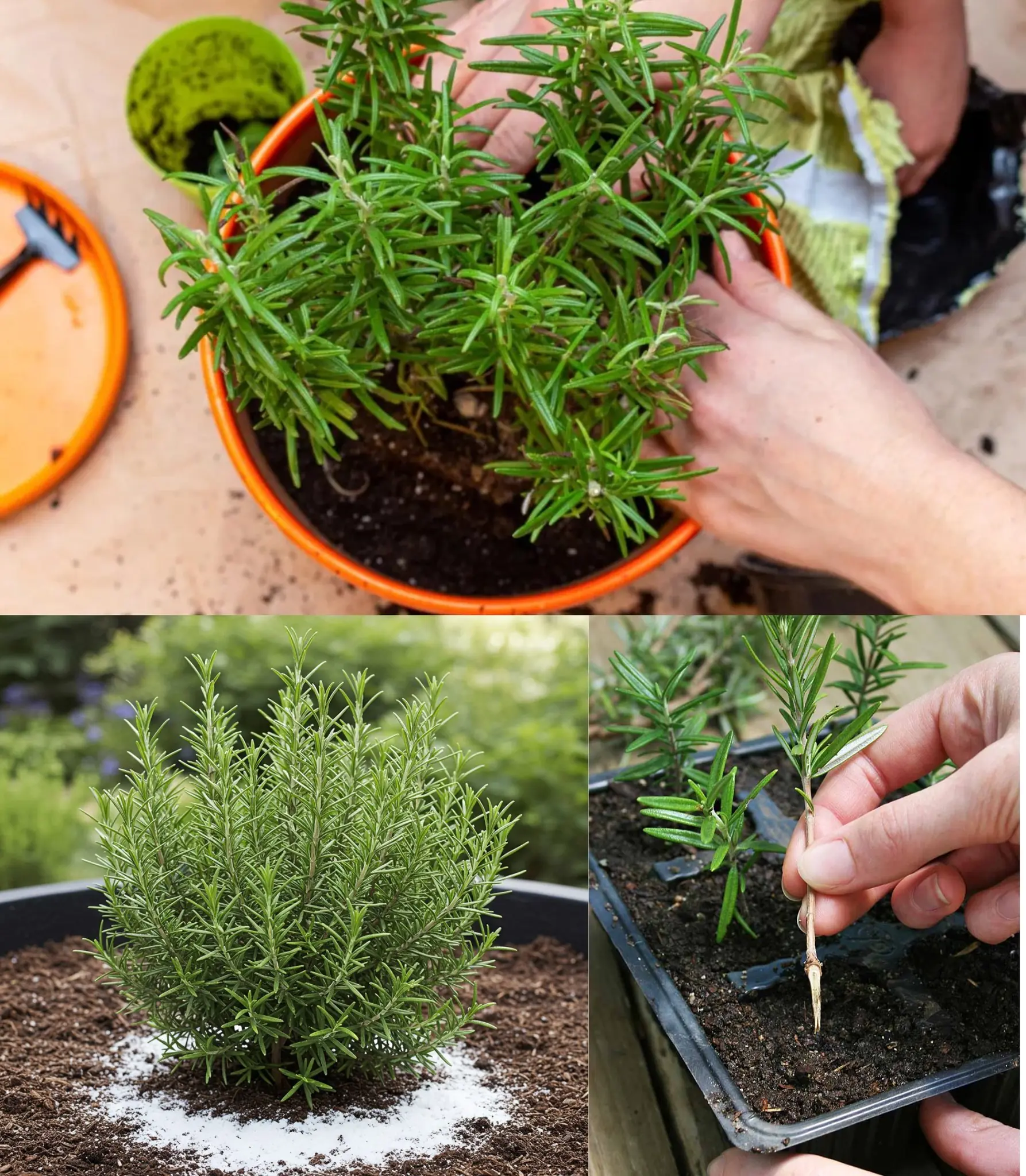
Rosemary Never Dries Again – Here’s the Gardener’s Trick!
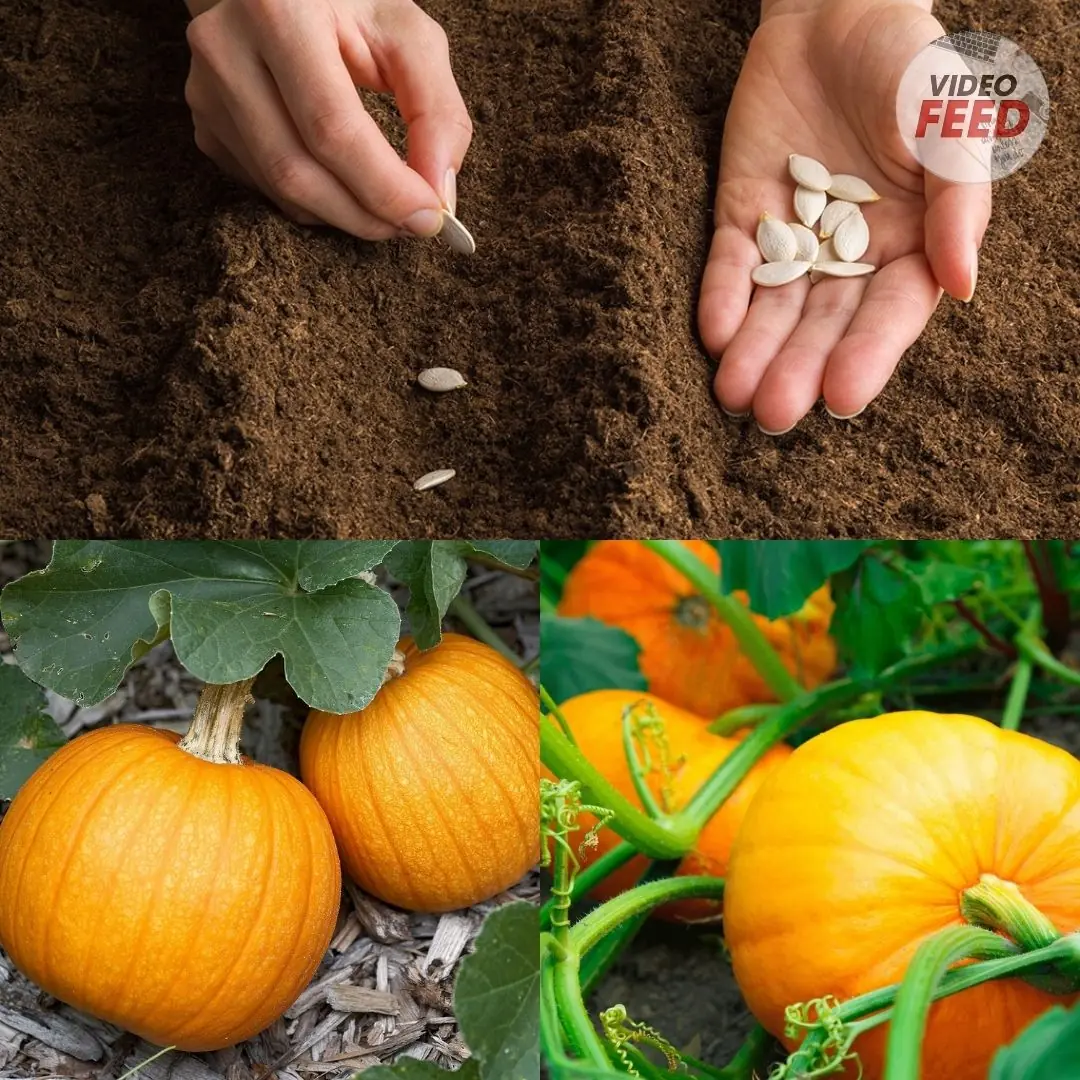
How to Grow Pumpkins in Your Home Garden
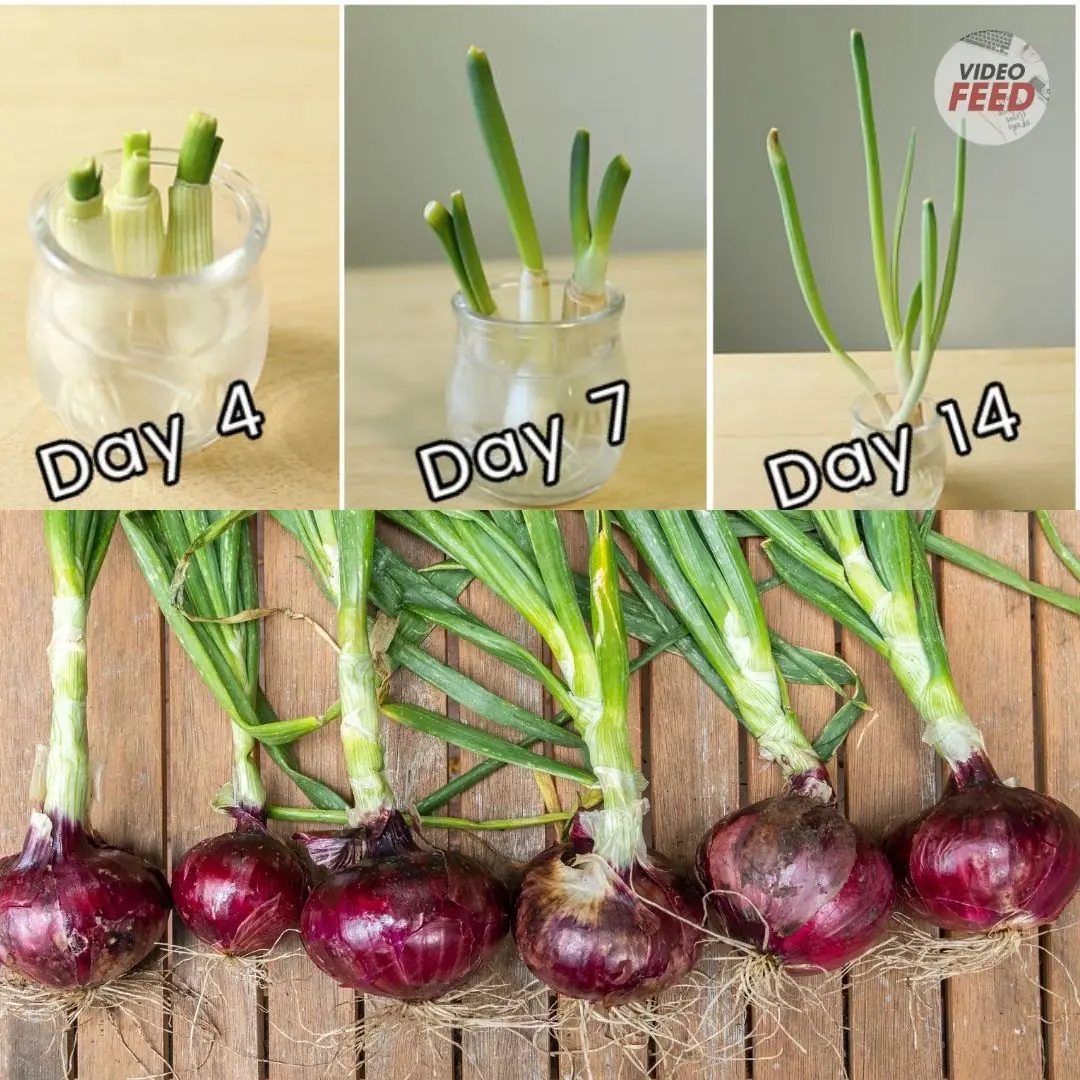
How to Grow and Care for Red Onions in the Garden
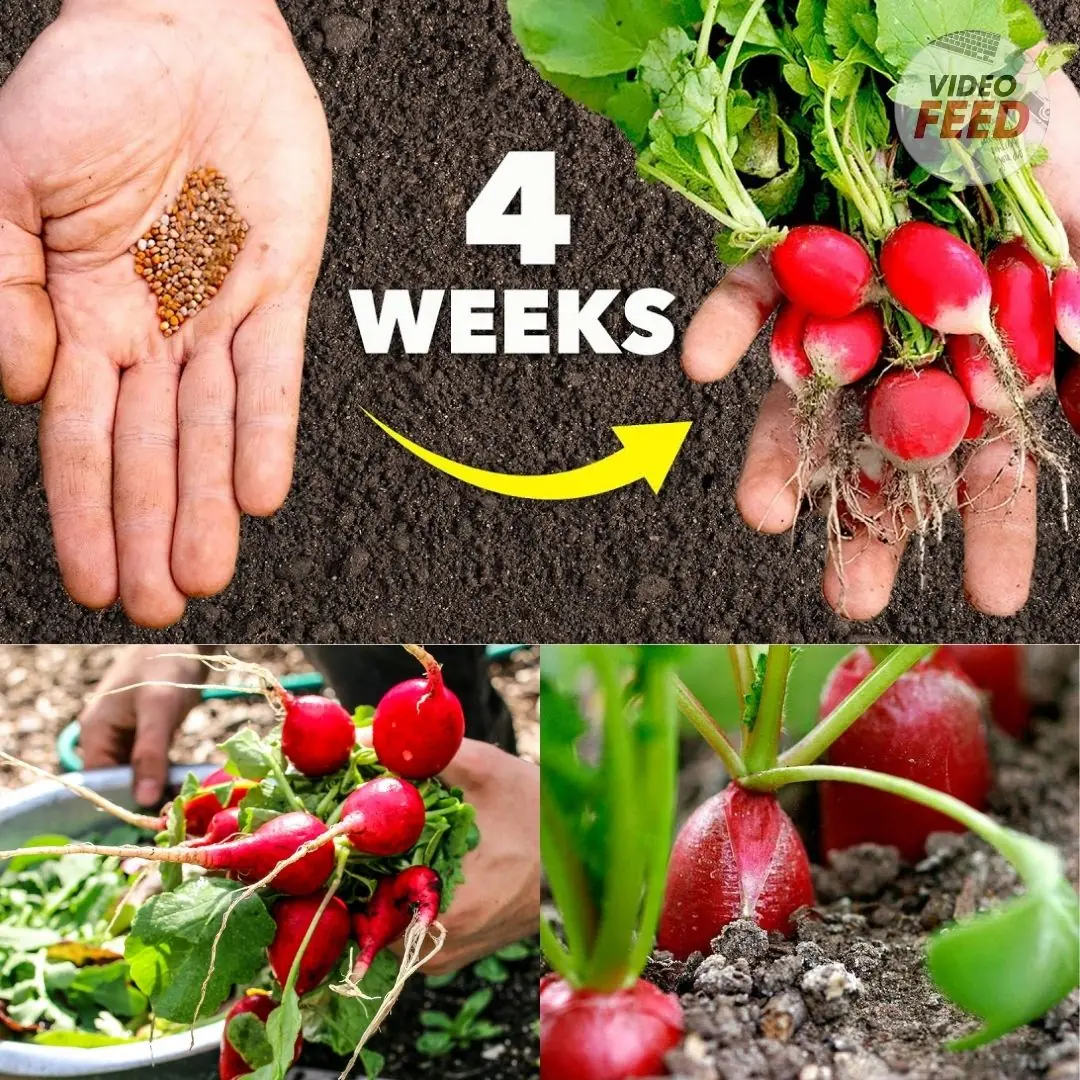
6 Easy Steps to Plant Radish Seeds in an Organic Kitchen Garden
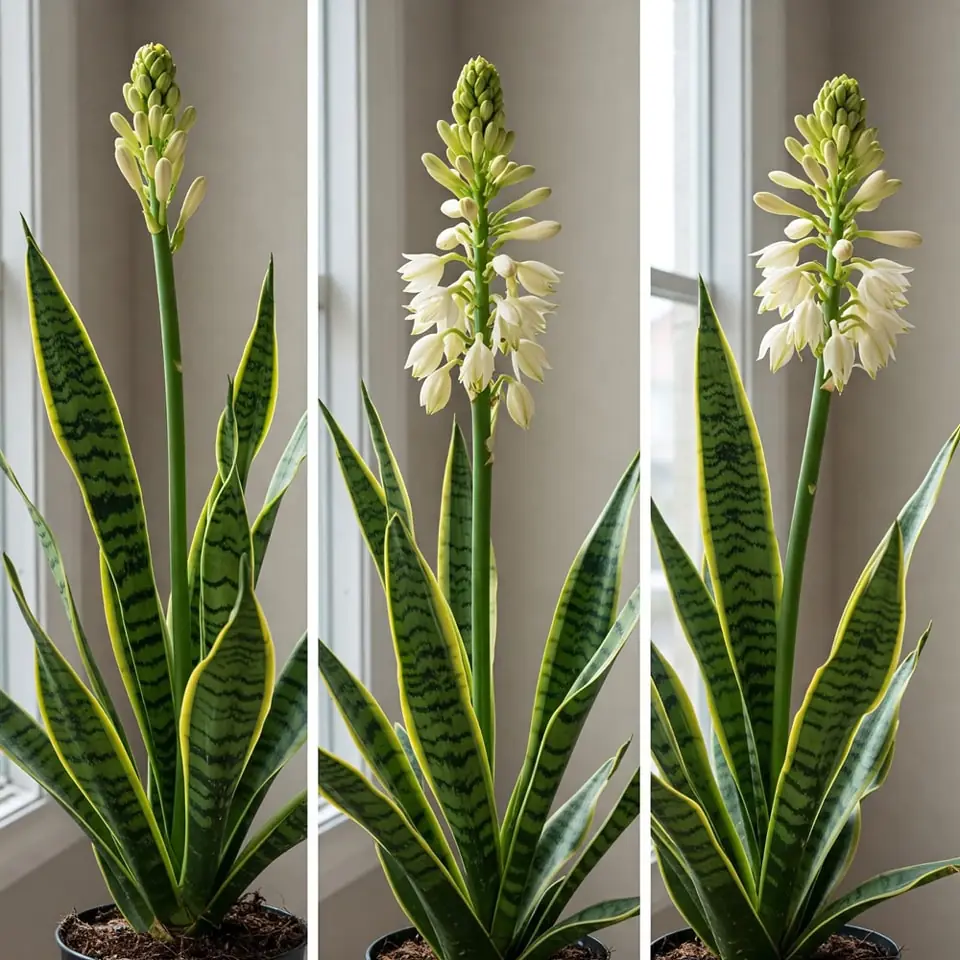
Snake Plants and Their Rare Blooming Phenomenon: A Guide to Encouraging Flowers
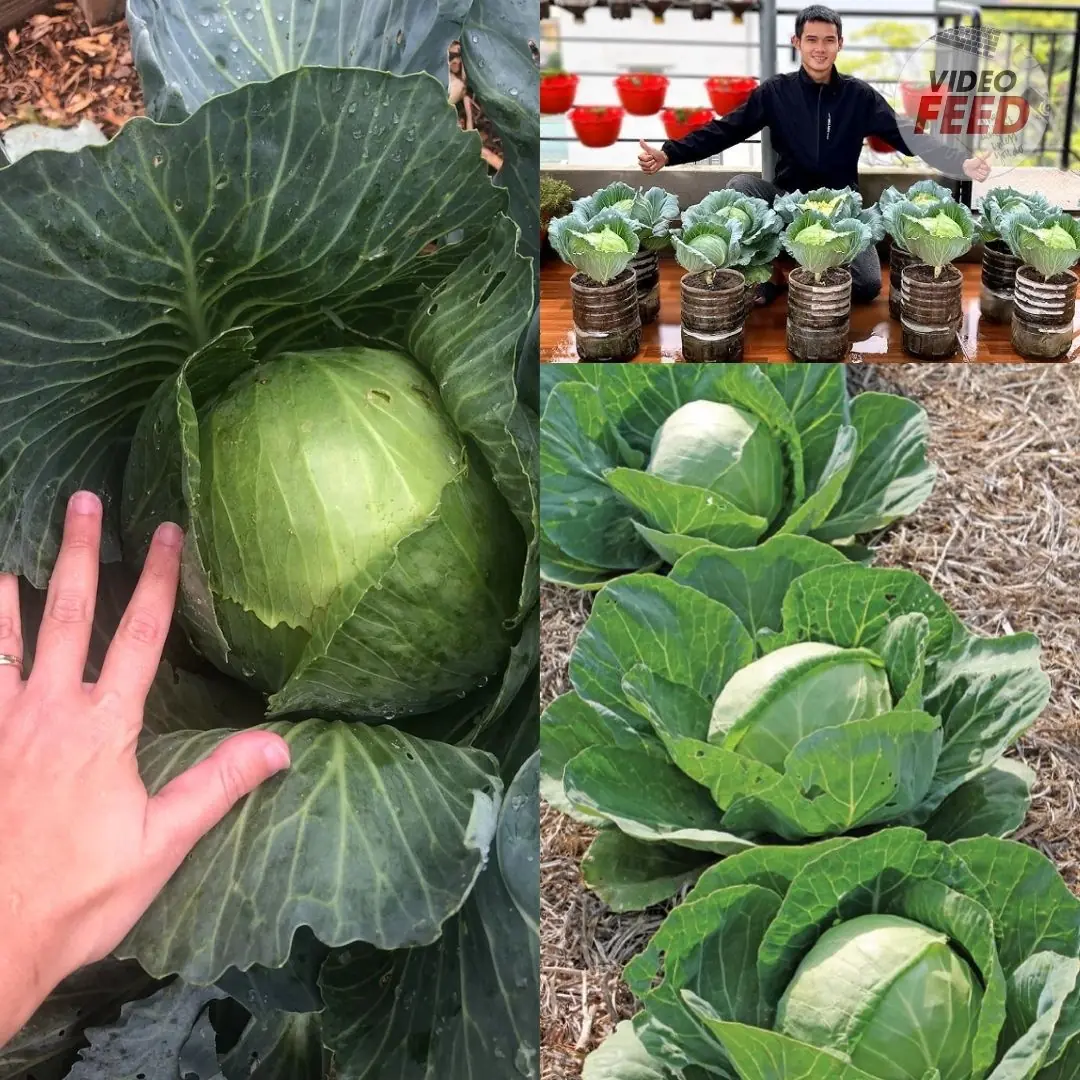
How to Grow Cabbage: 10 Tips for a Successful Harvest

The Power of Yeast: A Natural Booster for Growing Tomatoes, Peppers, and Cucumbers
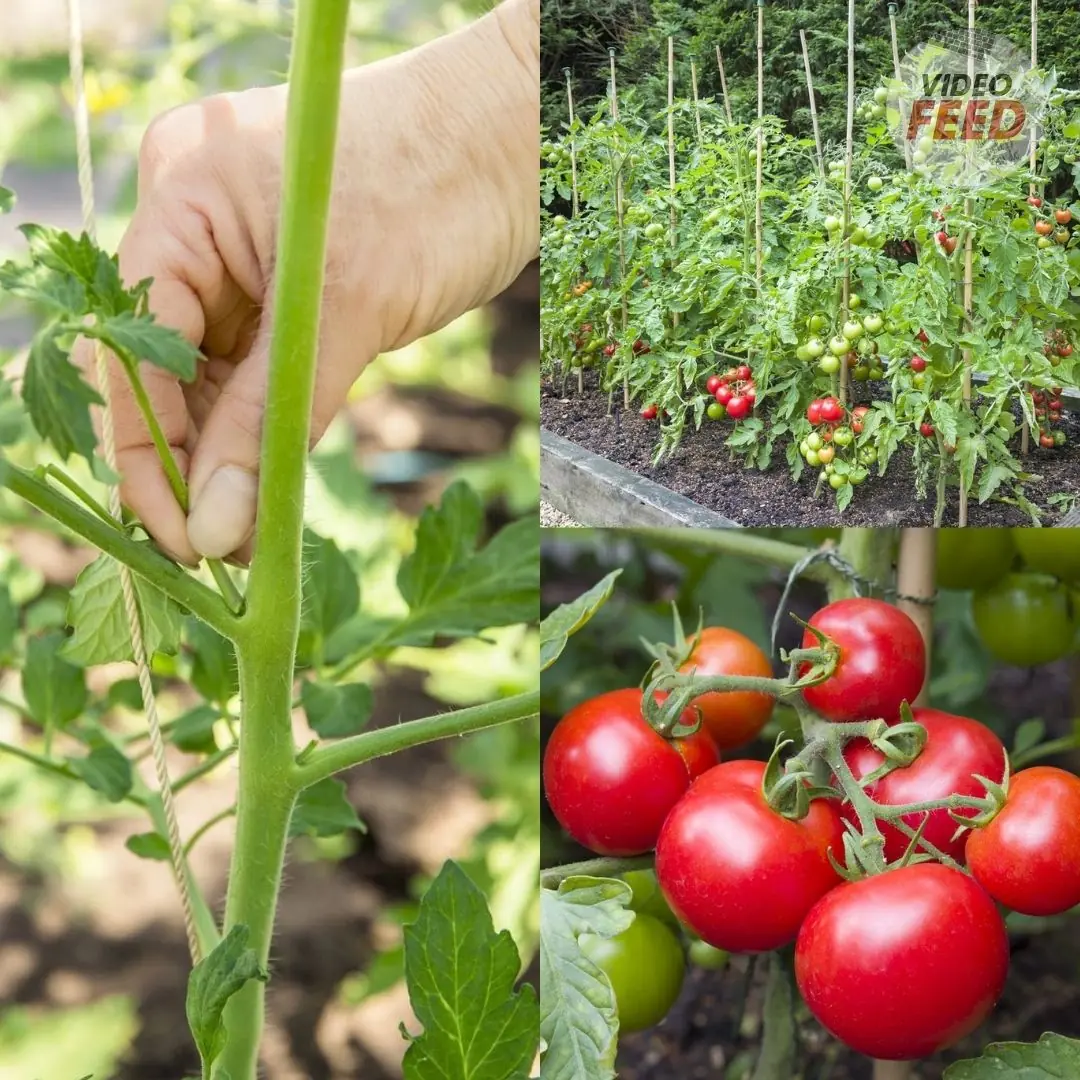
The 8 Biggest Tomato Growing Mistakes, According to Experts
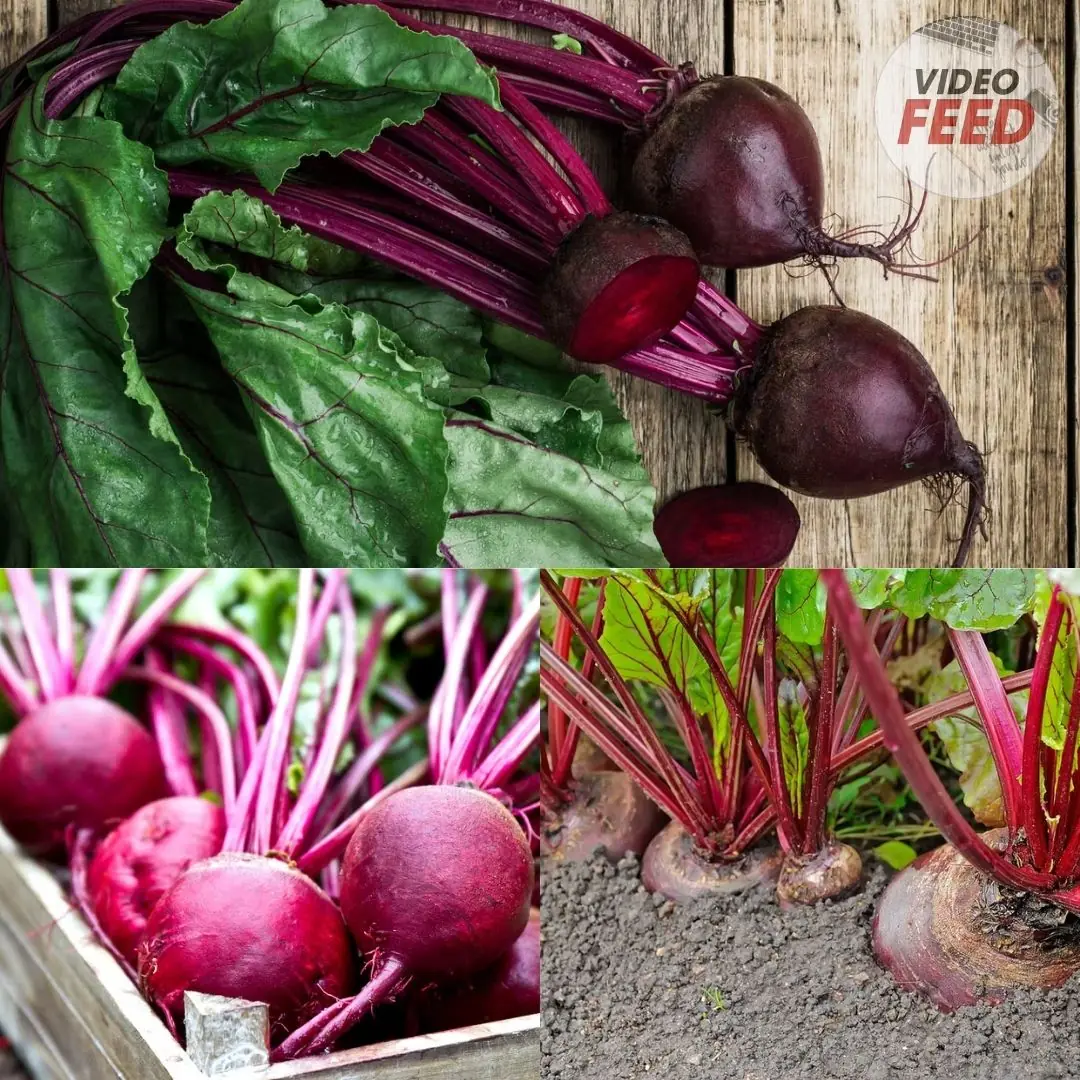
How to Grow Beets This Fall for a Hearty Autumn Harvest
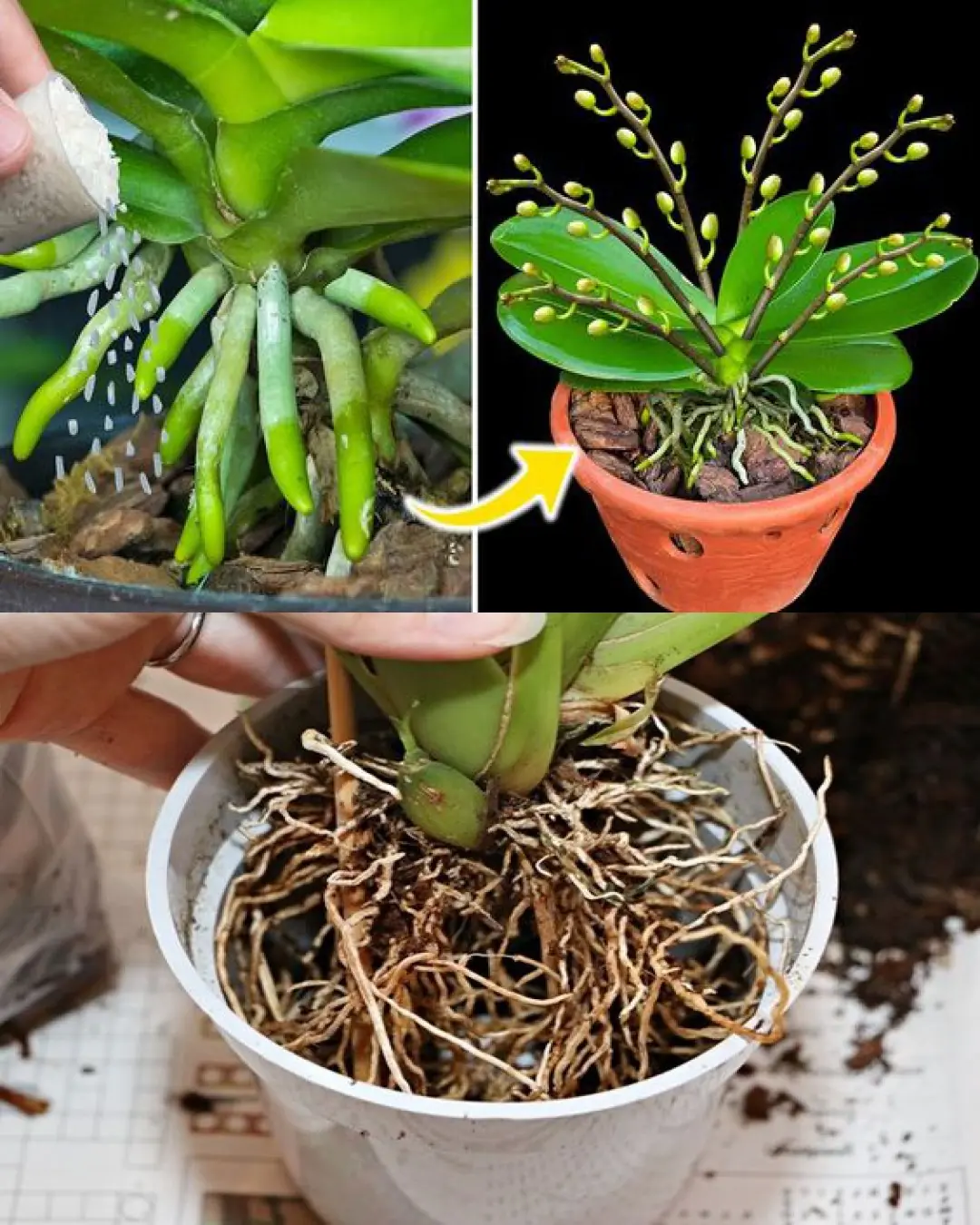
Deciphering Orchid Roots: Reasons They Extend Beyond Pots and Recommended Actions
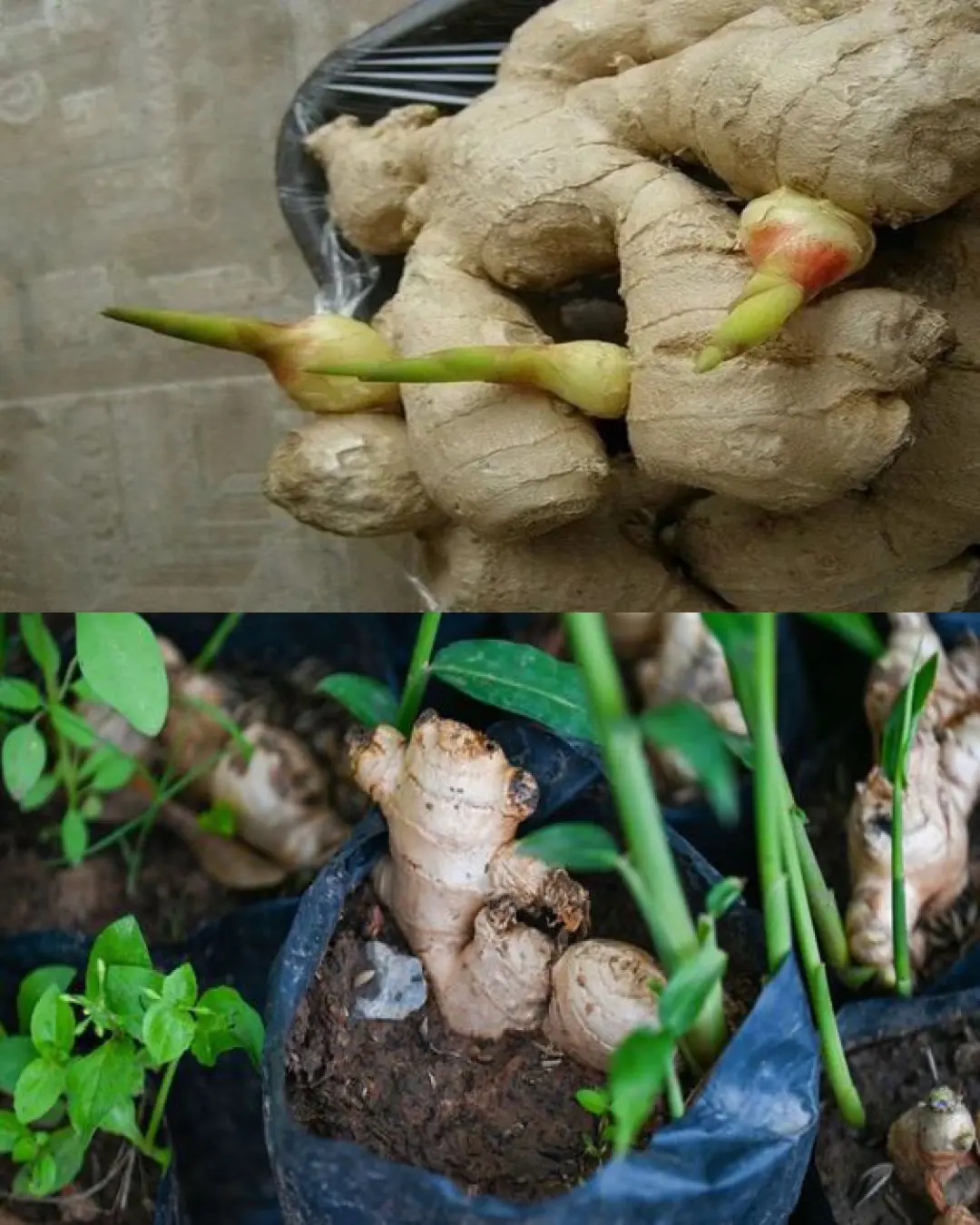
How To Plant Store-Bought Ginger & Grow Your Own Endless Supply
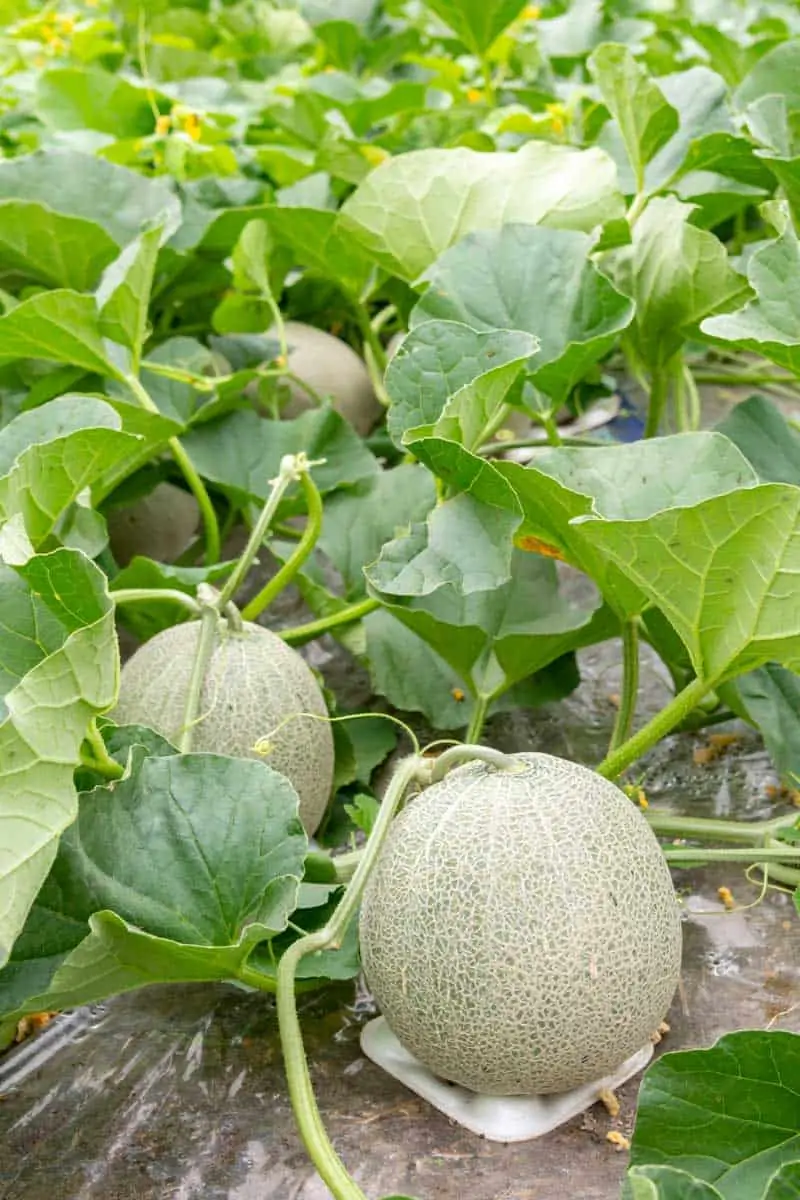
Guide to Cultivating Cantaloupe in Your Garden
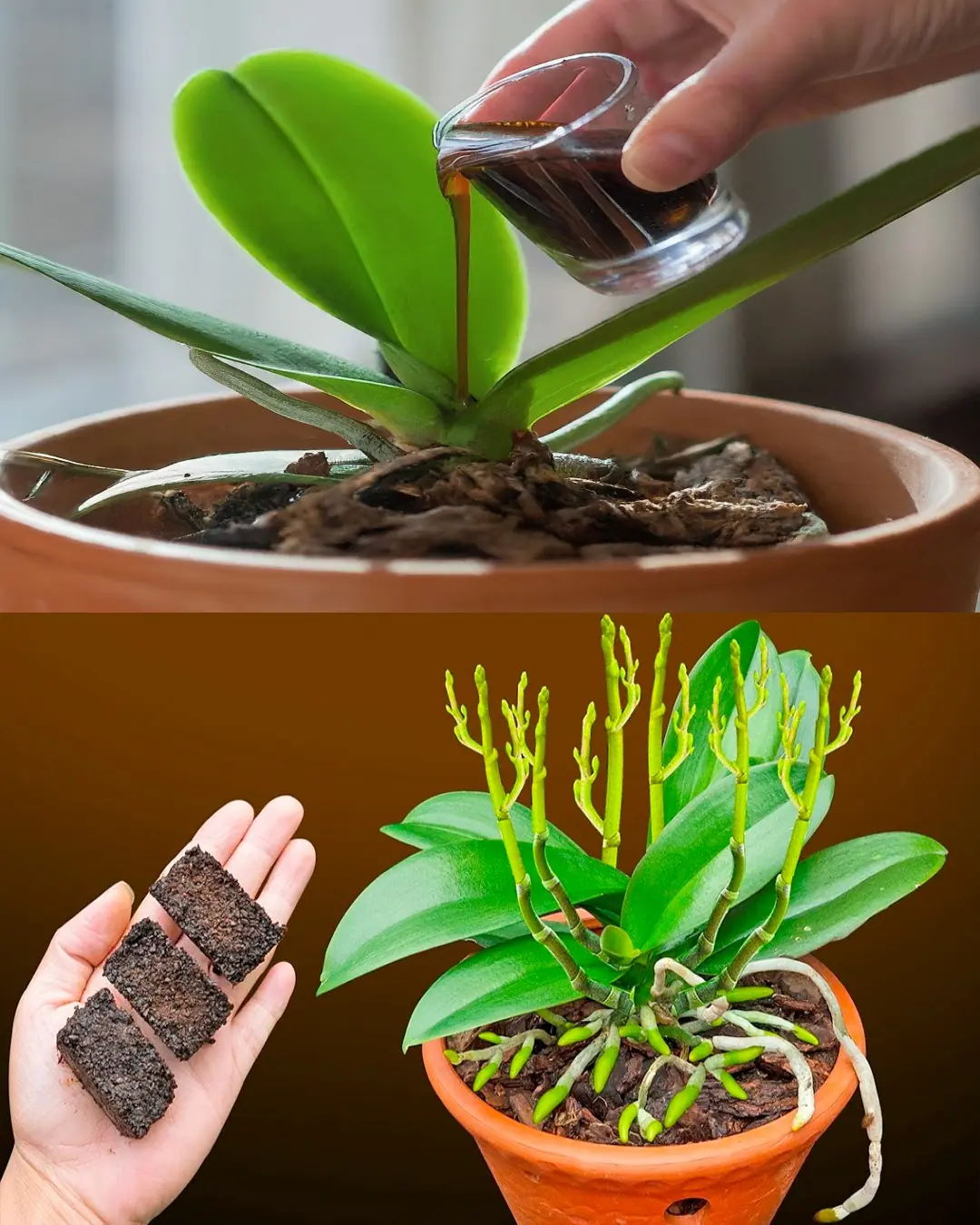
Coffee Magic: A Simple Trick to Help Orchids Bloom Repeatedly

Easy Growing Clove: From Seed to Spice
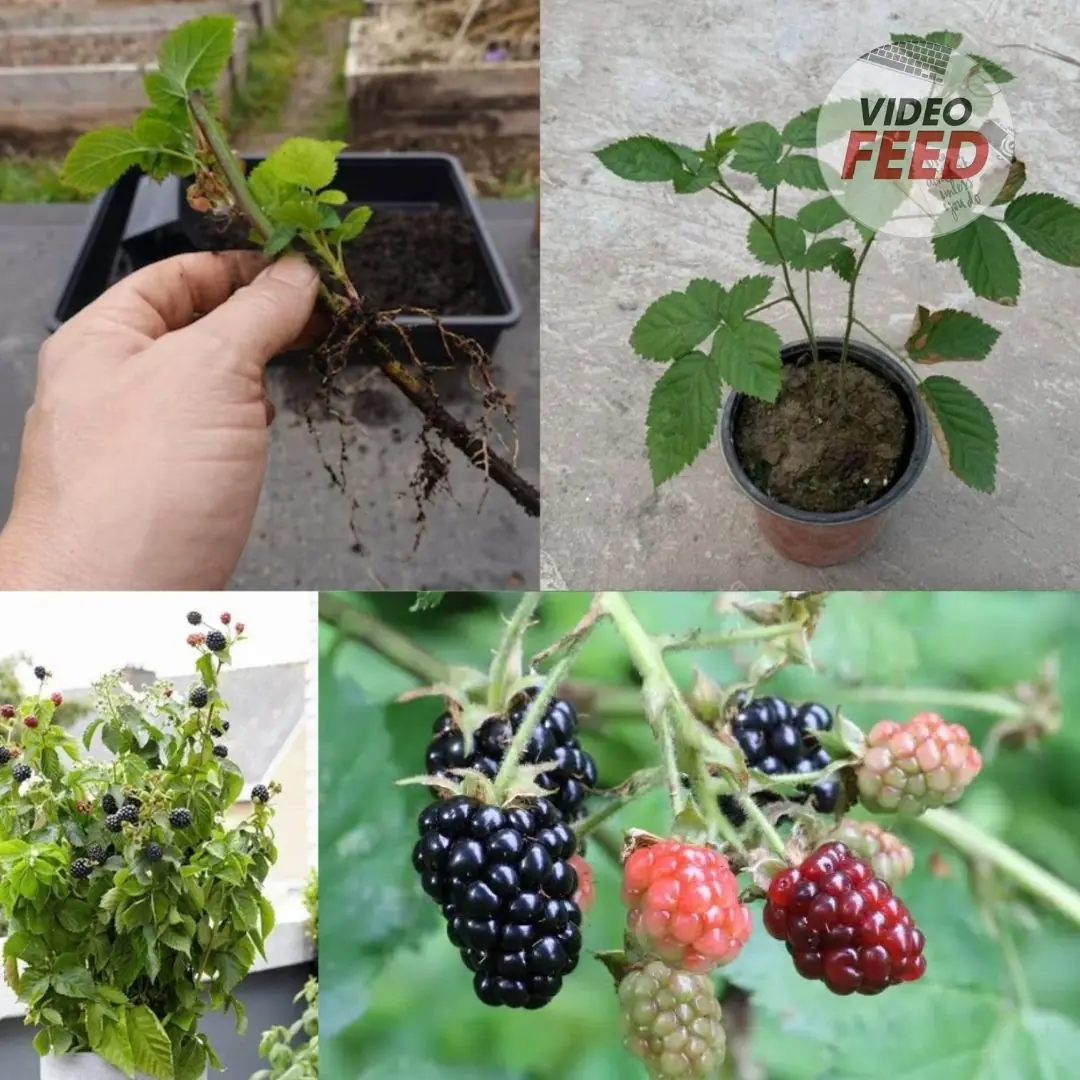
How to Grow Blackberries at Home in Pots
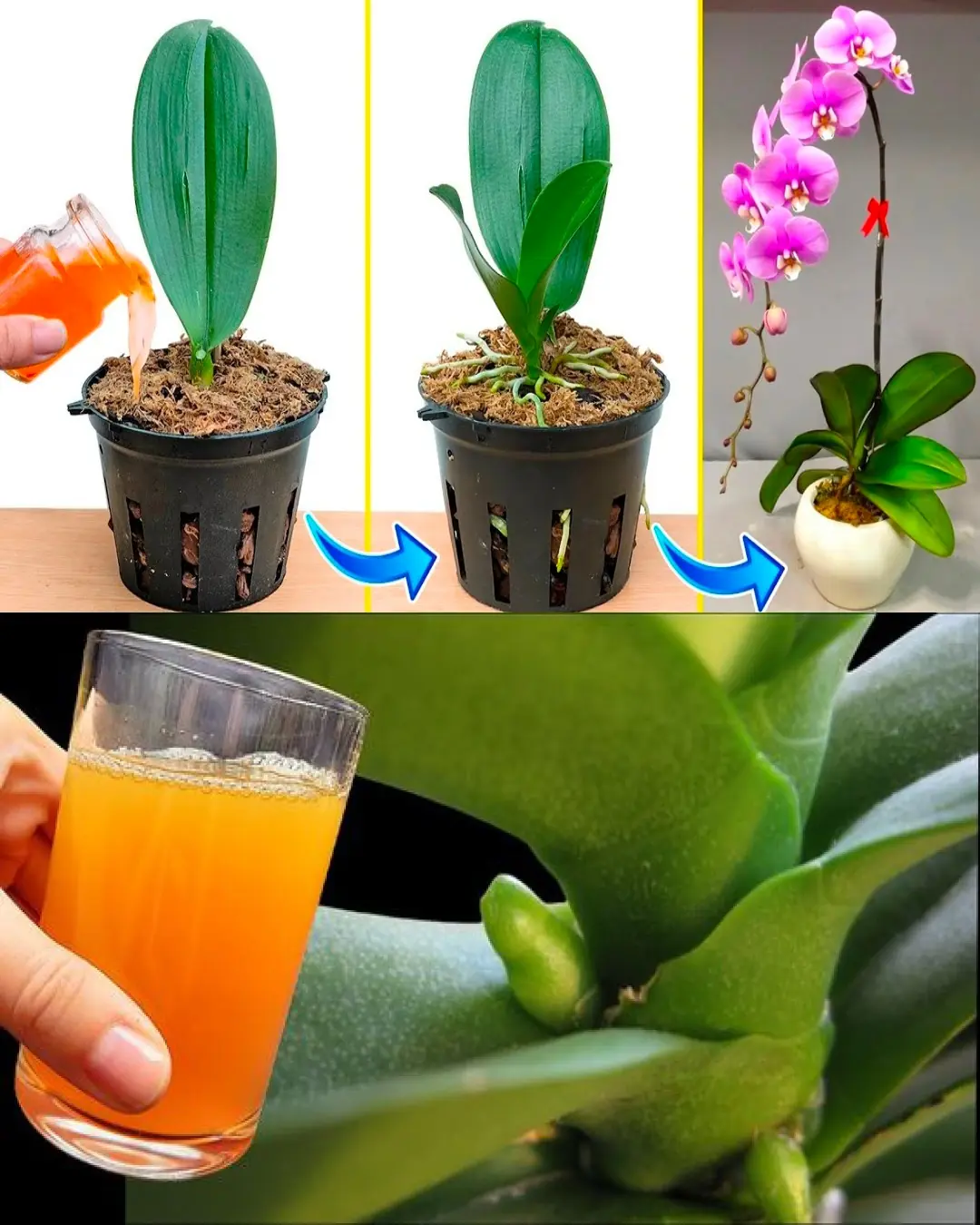
Unlock the Power of Carrot Juice: A Natural Boost for Thriving Plants
News Post

How to Grow a Pineapple at Home: Simple and Fast
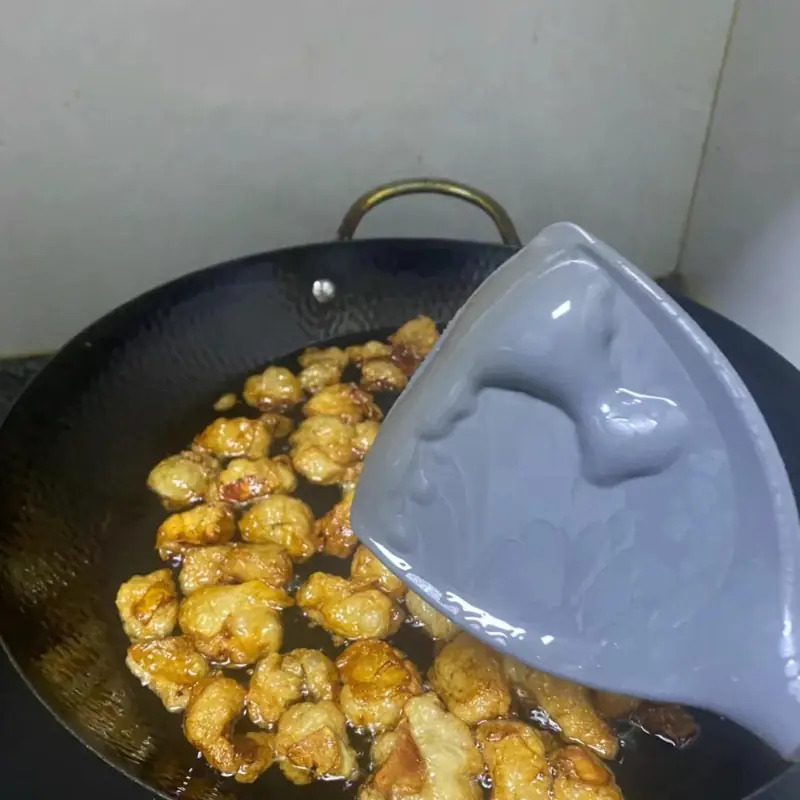
For the Sake of Your Family’s Health, I Strongly Urge You to Get Rid of These 10 Items

Drinking Coffee at These Two Times Is Like “Poiso.ning Your Body”

No Need for Sprays or Mosquito Nets: Just Place This Herb in Your Room and Mosquitoes Will Flee

Hotel Check-In: Say These 3 Sentences to the Front Desk for Instant Perks!

How To Grow Coconut Tree From Coconut Fruit

How To Grow Strawberries From Seed

Rosemary Never Dries Again – Here’s the Gardener’s Trick!

8 symptoms of kidney fai.lure you should never ignore

How to Grow Pumpkins in Your Home Garden

How to Grow and Care for Red Onions in the Garden

6 Easy Steps to Plant Radish Seeds in an Organic Kitchen Garden

3 things that don’t go well with eggs

Snake Plants and Their Rare Blooming Phenomenon: A Guide to Encouraging Flowers

How to Grow Cabbage: 10 Tips for a Successful Harvest

Tips for cleaning yellow pillow cores with tiny mold spots

4 Signs You Might Have Sleep Apnea

7 Natural Tips to Improve Teeth Whiteness at Home

5 foods you should never keep overnight
